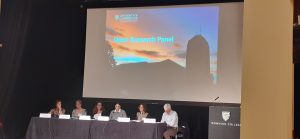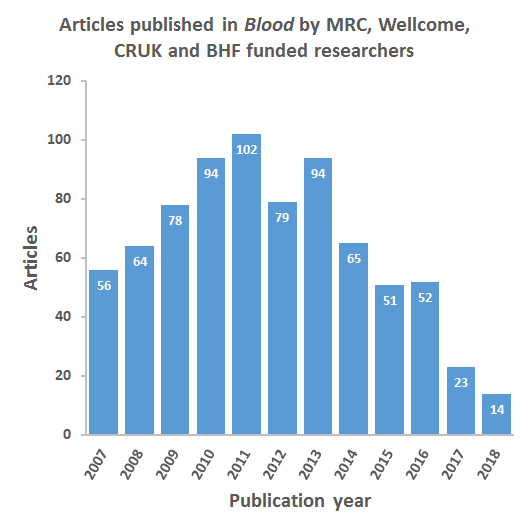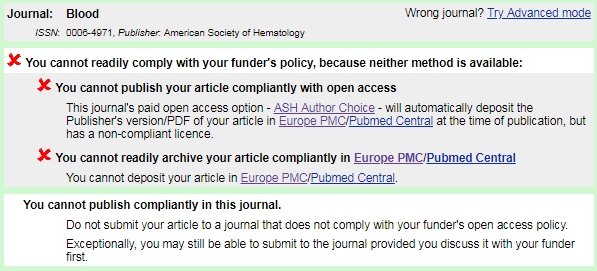As we wind down towards the last days of 2018, thoughts go to gifts for family and friends. Here, as our last minute gift idea to you, is a book that should be under the tree of every scholarly communication aficionado.
The following book review appeared in Research Fortnight on 15th September 2018 with the title ‘New readers start here‘. It was edited by John Whitfield and is reproduced here with permission.
Book Review
It is odd to be reviewing a book that stresses the importance of “positive reviews in…prestigious publications” to potential sales and publishers’ reputations. Nonetheless, it is safe to say that Scholarly Communication: What everyone needs to know, by Rick Anderson, is excellent.
Scholarly communication is a complex and fast-growing area. Even those working in it find keeping up to date a challenge. The challenge is much greater for those working more widely in research and academia, let alone the general public. The market is ripe for an understandable, generalist overview that explains what scholarly communication is and why anyone should care.
To address the latter point, Anderson notes in his introduction that “there are issues related to scholarly communication about which it would make sense for all of us to know something”. His argument is that decisions made worldwide on health, environment, economics and so on are all underpinned by academic research, reported through the scholarly communication system.
Anderson does a masterful job of distilling the stakeholders, issues and facts into an understandable whole. The discussions about open access and controversies and problems are handled sensitively; a challenge given the wide range of perspectives in this area.
The chapter on copyright is particularly helpful. This is a fundamental aspect of almost all scholarly communication and an area where many people are unsure. In clear language, Anderson explains fair use and fair dealing, licensing, the Creative Commons licences used in open-access publication, orphan works and patents. To do so without overwhelming or boring the reader is something of an achievement.
Anderson’s writing is eloquent and his explanations are clear and precise. Other highlights include discussions of how researchers use e-books, the projects from Google and the HathiTrust repository to digitise books, and an excellent description of how digitisation is allowing libraries to share their special and rare collections with a wider audience.
The book is structured as a series of questions with short answers of one to five pages. This format invites readers to dip in and out of the sections they are interested in. Mostly this approach is successful, although it does result in some repetition.
Anderson is also a victim, in a small way, of the very dynamism that he aims to capture. The volatility of scholarly communication means that most of the specialist discussion tends to occur in outlets that publish quickly, such as mega journals and blogs. The timescale for a regular journal article, which can take a couple of years to get from submission to publication, is too long and risks the contents losing relevance. Books have similarly long lead times; coupled with the dynamic nature of scholarly communication, this makes some out-of-dateness inevitable.
For example, in his chapter on metrics Anderson notes that “the universe of altmetrics is a highly dynamic one, and products and services…seem to be born and die nearly every month”. This is evidenced within that very chapter: among the companies offering research metrics, it mentions Thomson Reuters (whose intellectual property and science business was sold to private equity and changed its name to Clarivate Analytics in October 2016), Delicious (bought by Pinboard in June 2017) and Plum Analytics, which has kept its name but was bought by Elsevier in February 2017.
As the associate dean for collections and scholarly communication at the University of Utah, Anderson makes for a well-qualified author, although the text does reflect his North American perspective. Generally this is not a problem, although a statement such as “There is a professional organisation for university press publishing: the American Association of University Presses” implies, inaccurately, that the rest of the world lacks such organisations.
This is a vast topic, and clearly decisions needed to be made over what to include and omit. Some omissions are easier to justify than others. I would have liked a deeper exploration of the commercial academic publishing market, as this drives much of the activity in the open-access space. The lack of this might reflect the level of disagreement over even basic definitions in scholarly communication, something Anderson acknowledges.
But that’s a minor quibble. Given the need for a book such as this, it would not be surprising if it became compulsory reading for training courses in scholarly communication.



